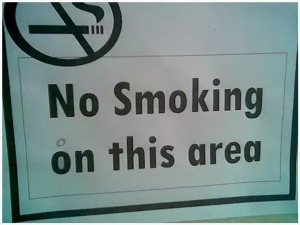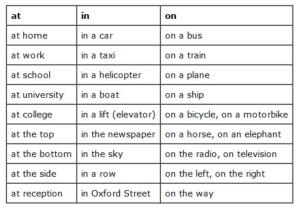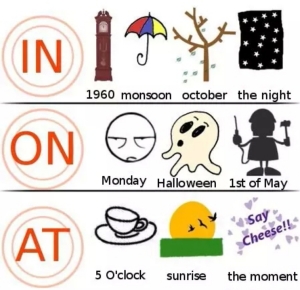After the question words (when, where, who, how, etc.), indirect questions have the same word order as positive statements; they do not need a change in word order in the main question.
Example:
Where is the nearest bank please? (direct question)
Where is the nearest bank please? (direct question)
To make it more polite, we can add an introductory phrase, such as, “Could you tell me…?” before the direct question. Now we have an indirect question,“Could you tell me where the nearest bank is, please?”
Note that the second part of the sentence is no longer in question form (direct question).
Here are some introductory phrases you can use in indirect questions:
• Could you tell me…
• Do you know…
• I was wondering if you…
• May I ask…
• Would you mind telling me…
• Do you happen to know…
• Do you have any idea…
• Could you tell me…
• Do you know…
• I was wondering if you…
• May I ask…
• Would you mind telling me…
• Do you happen to know…
• Do you have any idea…
Let’s practice!
You don’t know the cost for two-one way tickets to Surabaya. You ask your friend how much for them. Use one of the introductory phrases mentioned above.
OMITTING "IF"
You don’t know the cost for two-one way tickets to Surabaya. You ask your friend how much for them. Use one of the introductory phrases mentioned above.
OMITTING "IF"
“If” is commonly used to introduce a conditional clause. “If” can be omitted from a conditional clause to shorten the sentence and place more emphasis on the result clause.
Example:
If I were you, I would accept that job offer in Chicago.
Remember, “if I were you” phrase is also used to give advice, but in this case, on a hypothetical situation.
Hypothetically speaking, I would accept that job offer in Chicago if I were you, but hey, I’m not you! So, if you want to omit the “if” from the sentence, don’t forget to inverse the auxiliary and the subject; swap their position.
Were I you, I would accept that job offer in Chicago.
If you should need my advice, I would gladly help you.
Inverse the auxiliary: should and the subject: you – swap their position. “Should” is also used to mean “in case”.
Should you need my advice, I would gladly help you.
Alright, that’s it for today’s lesson. If you still don’t understand this article about “if omission”, feel free to ask me a question. I know what you’re thinking … No, you cannot omit the “if” from that sentence. :) You can only omit the “if” when the sentence uses had, were, or should.


















